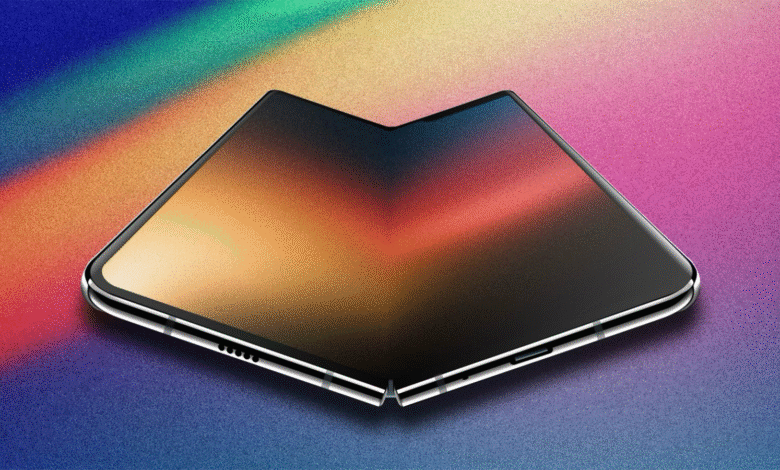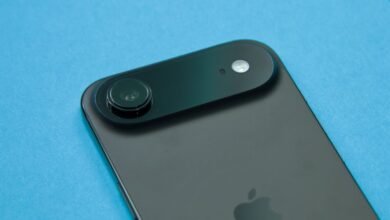Apple’s Foldable iPhone May Ditch In-Display Fingerprint Sensor, Analyst Says

▼ Summary
– Apple’s first foldable iPhone may not include an in-display fingerprint sensor, instead using a side-mounted Touch ID module according to analyst Ming-Chi Kuo.
– The company is expected to use a capacitive sensor embedded in the side button, similar to current iPads, with Luxshare ICT supplying the module.
– This contradicts recent leaks suggesting ultrasonic sensors, which Kuo argues would be impractical and costly for both main and cover displays.
– The “iPhone Fold” is rumored to feature a 7.8-inch internal display, 5.5-inch cover screen, and a price between $2,000 and $2,500.
– Apple’s decision may be driven by reliability and supply chain considerations, with the device expected to launch in late 2026.
Speculation continues to build around Apple’s highly anticipated entry into the foldable smartphone market, with recent reports suggesting the device may forgo an in-display fingerprint reader in favor of a more traditional approach. According to industry analyst Ming-Chi Kuo, the company’s first foldable iPhone is likely to incorporate a side-mounted Touch ID sensor rather than adopting newer under-display technology.
Kuo, who has a strong track record in predicting Apple’s hardware decisions, indicates that the tech giant is expected to use a capacitive fingerprint sensor integrated into the device’s side button. This design would mirror the authentication method currently found on several iPad models. In a recent social media post, Kuo also named Luxshare ICT as the probable supplier for these modules.
This prediction stands in contrast to earlier rumors that pointed toward Apple implementing ultrasonic in-display sensors, which are known for improved accuracy and speed. Kuo argues that incorporating two separate under-display sensors, one for the main folding screen and another for the external display, would not only be technically challenging but also drive up production costs significantly.
Earlier leaks describe the so-called “iPhone Fold” as featuring a generous 7.8-inch interior screen paired with a smaller 5.5-inch outer display. Industry watchers anticipate a premium price tag, likely falling between $2,000 and $2,500, positioning it as one of Apple’s most expensive iPhone variants ever released.
The choice to stick with a physical capacitive sensor may reflect Apple’s focus on reliability and supply chain stability, especially for a first-generation product entering a competitive segment. Foldable devices present unique engineering hurdles, and a side-mounted sensor could offer a more straightforward and dependable user experience. A late 2026 launch window is currently projected, though more concrete details will likely emerge as development progresses.
(Source: Mashable)

